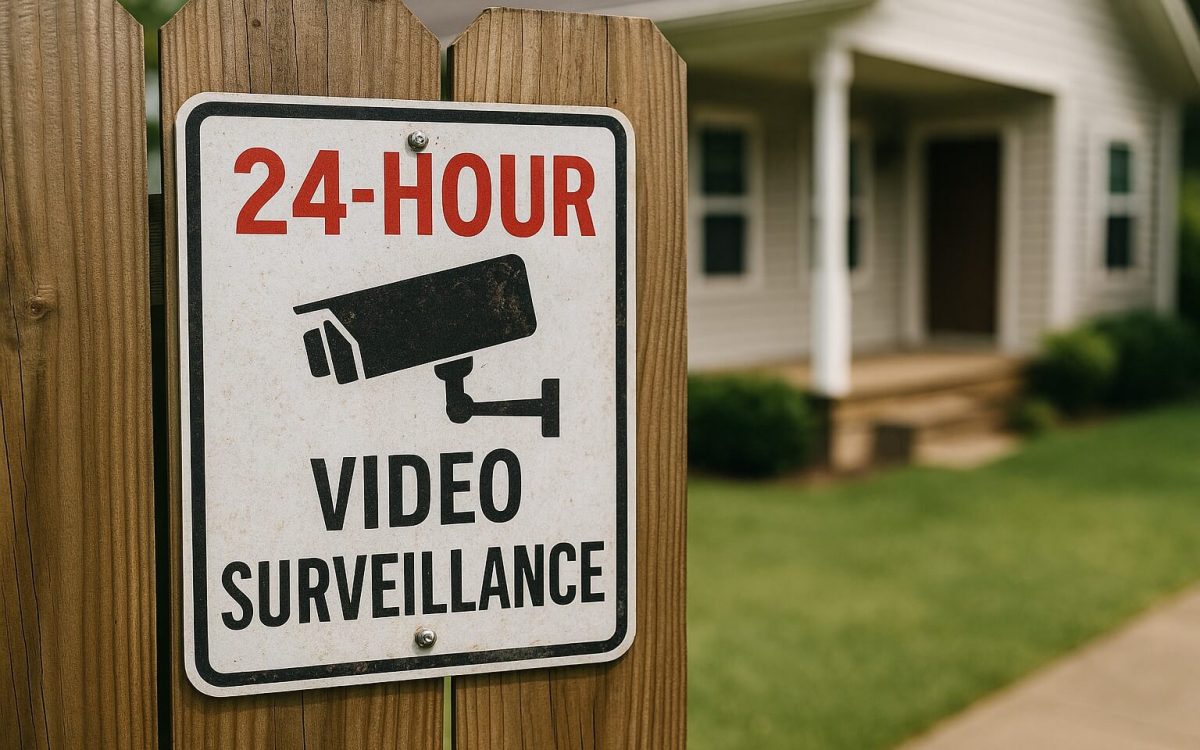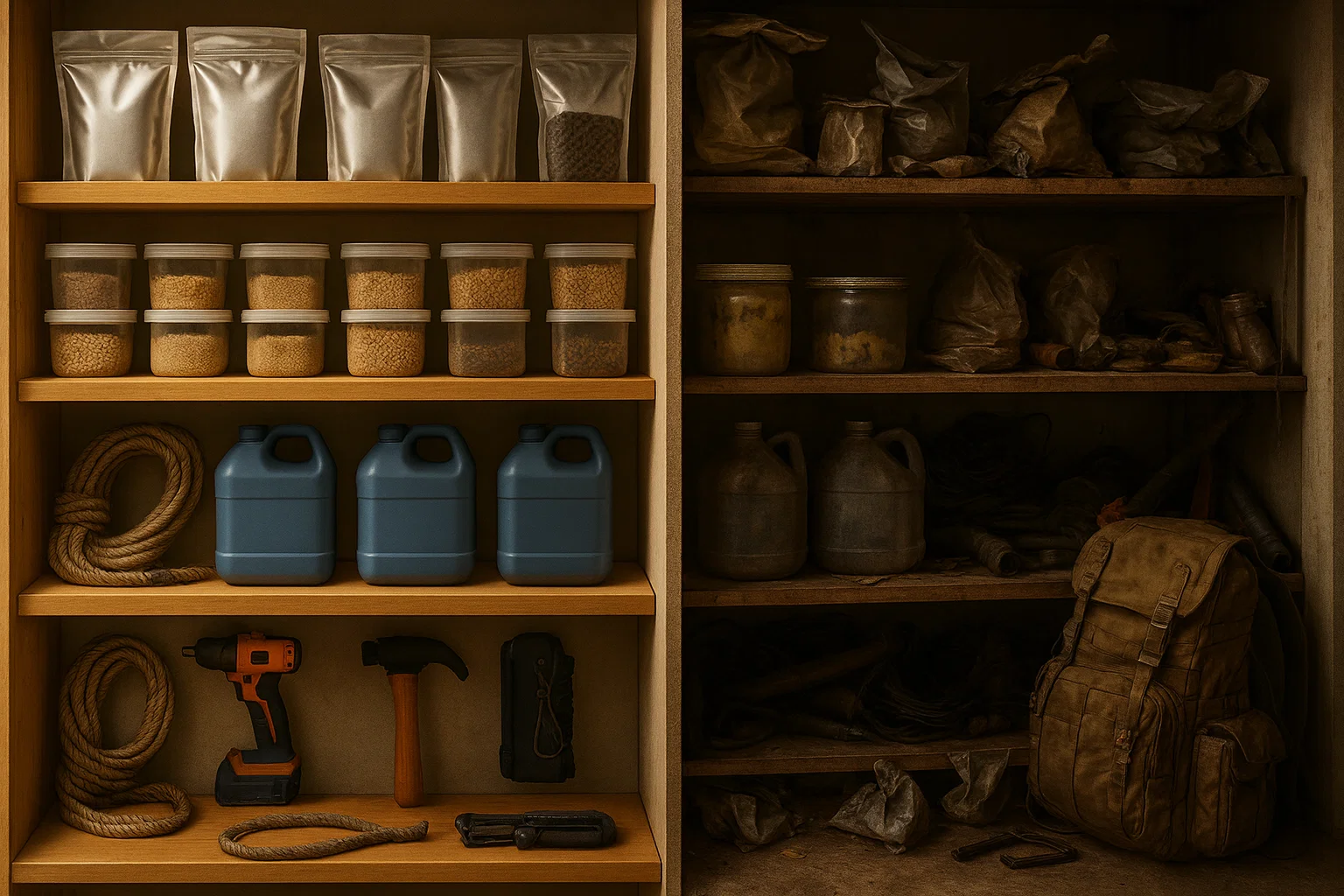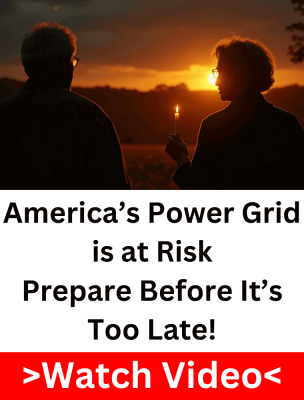After Hurricane Katrina hit New Orleans, it didn’t take days for looting to start, it took hours. Pharmacies, electronics stores, and even homes with nothing special were broken into. The same thing happened in parts of Minneapolis during the 2020 riots. It’s not always about what’s valuable. It’s about what looks easy.
Looters don’t act with strategy. They act fast. They go off instinct, looking for homes that feel unguarded, untouched, or easy to enter without drawing attention. A porch that looks neat, a door without scuff marks, lights that are still working… those tiny signals send the wrong message when things go bad. They suggest no one has touched the place yet, and that means there might be something worth taking.
What I’m about to walk you through isn’t for elite survivalists or guys with underground bunkers. It’s for regular folks, people like me and probably like you, who want home security on a budget that works when the power’s out and the police aren’t coming. And the truth is, you don’t need much. Just the right moves that mess with the right people’s heads.
The $3 Trick That Changes Everything
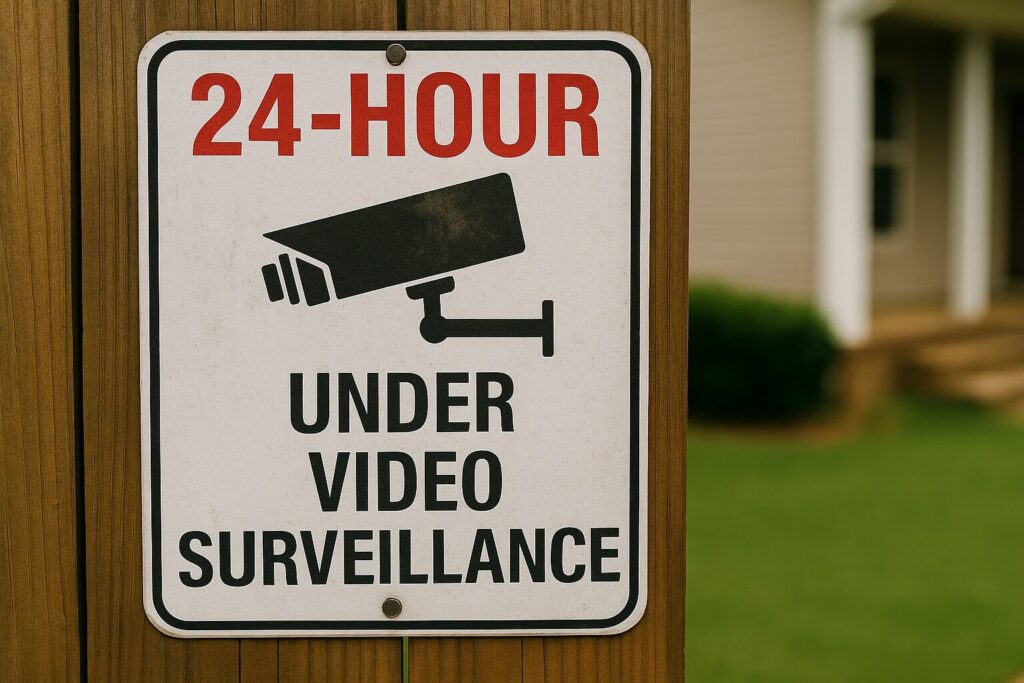
One of the smartest moves I ever made cost me three bucks. I picked up a metal “24-Hour Video Surveillance” sign at the hardware store, not because I had cameras installed, but because I knew what it would look like to someone walking past my house in the middle of a blackout. That little sign did more to keep trouble away than any lock or deadbolt ever has. When looters see something that suggests they’re being watched, they tend to keep walking.
It works because these guys aren’t running heists, they’re acting on impulse. They’re scanning for opportunity, not trying to outsmart a system. If a house feels risky, like it might have cameras, alarms, or a dog, they move to the next one. That’s why this kind of cheap home security system works better than people think. It creates just enough doubt to kill the opportunity.
You can find signs like this at Harbor Freight, Walmart, or online in multi-packs for next to nothing. Just make sure they don’t look fake. Skip the ones with cartoon icons or silly wording. Go with something simple and official-looking, like what a real company might use. Sure, it’s not foolproof; if someone’s truly set on getting in, no sign will stop them. But when the average looter is in a hurry and looking to avoid attention, that little $3 sign is often all it takes.
How Perception Beats High-Tech Gear
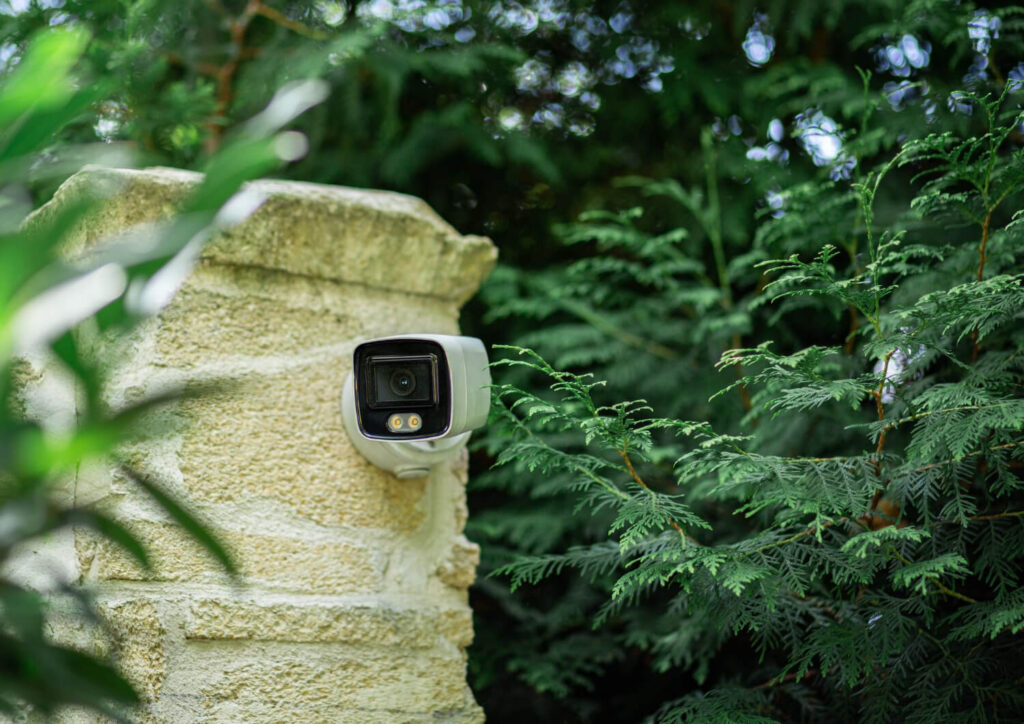
Most people think it takes gadgets and high-end systems to stay protected, but that’s not what deters a looter. What works is uncertainty. When someone’s unsure what they’re walking into, when there’s even a small chance they’ll set off an alarm, get caught on camera, or deal with a loud dog, they’d rather not deal with it at all. Psychologists call this the uncertainty effect: when faced with unknown consequences, people tend to avoid action entirely.
Other Article: Here’s What Happens When You Trust Neighbors in Crisis
That’s exactly why perception matters more than the tools themselves. A cheap sticker, a fake camera, or a scratched-up security sign isn’t just decoration, it’s a suggestion that something might go wrong if they step closer. And in that moment, when they’re making a fast, emotional choice, that suggestion can carry more weight than a real system ever could.
Cheap Details That Tell the Right Story
You don’t need to make your home look fortified, you want it to look like there’s nothing left to take. That’s what most folks miss. When the lights are out and things feel tense, looters don’t want to waste time or energy. If a house gives off the vibe that it’s already been picked over or just looks like a hassle, they move on.
Start with the visuals. A well-placed fake camera above the front door or garage, ideally with a blinking light, does more than people give it credit for. Add a weathered “Beware of Dog” sign near the gate or fence. Even a scratched-up decal in a front window that says “Monitored 24/7” can plant the right doubt. Layered together, these become a simple but effective DIY home security setup that speaks louder than a full system.
You can go further with small touches that suggest abandonment or damage. An old TV box or broken furniture near the porch can make it look like someone has already gone through your place. Taping the inside of a window with cracked-glass film or even using blackout curtains unevenly adds to the impression that the house isn’t fresh or stocked. The key is not looking prepared, it’s looking empty or already hit.
Other Article: The Truth About Supermarket Shortages No One Wants to Admit
Whatever you use, don’t overdo it. One sign says enough. Two? Maybe. But five? That just screams fake. Make sure your camera is positioned where it would be used; don’t stick it in the bushes or three feet off the ground. Let things look slightly run-down, but not staged. The goal is realism. It needs to feel natural, like a regular house that has already had its moment.
What Actually Works on My Street
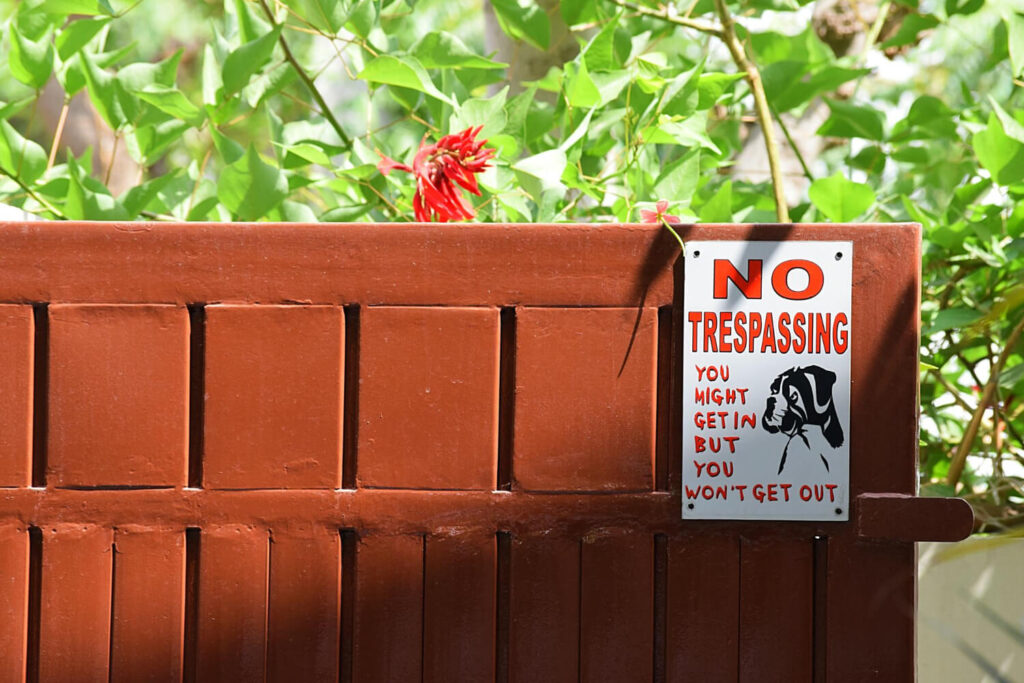
I’ve got a basic fake camera mounted over my front door. It’s not connected to anything, just one of those battery-powered models with a blinking red light. I stuck a “24-Hour Surveillance” sticker on the window nearby, and that was it. A neighbor asked me not long after if I had a new security system installed. That’s when I knew it was doing its job, just enough to raise questions.
A friend of mine has a “Beware of Dog” sign near his fence, even though he doesn’t have a dog. No one’s ever questioned it. It’s the kind of thing people just assume is true, and that’s what makes it work. It doesn’t take much to plant doubt.
Other Article: 7 Weapon Skills Preppers Must Master Before SHTF
When it comes down to it, a cheap home security system doesn’t have to be complicated. The right small details can do more than most people expect, if they’re believable and subtle.
The Mistakes That Get You Noticed
One of the fastest ways to ruin a good setup is by overdoing it. I’ve seen houses with four fake cameras, multiple warning signs, and stickers on every window. It doesn’t look secure, it looks staged. And that can draw more attention, not less. If it feels fake to you, it’ll feel fake to anyone walking by.
The goal isn’t to make your home look like a military compound. It’s to make it look like there’s nothing inside worth the effort. Affordable home security works best when it blends in, one or two believable cues that make someone think twice, then move on. You don’t want to be memorable. You want to be the house they forget was even there.
The smarter move isn’t to make your home look like a fortress, it’s to make it look like it’s already been picked over, or like there’s nothing inside worth bothering with. When people are desperate and moving fast, it’s the plain, uninteresting homes that get skipped. A few small touches can shift that perception without spending a fortune.
A well-thought-out, cheap home security system doesn’t need wires, subscriptions, or complicated setups. It just needs to make someone hesitate. Of course, these low-cost tricks shouldn’t be your only defense. Investing in real cameras, motion sensors, or alarms is always smart if your budget allows it. But trust me, these small tactics don’t feel like much… until your neighbors get hit and you don’t.

